摘要
针对细胞程序性死亡-配体1(PD-L1)和CXC趋化因子受体4型(CXCR4)两个靶点,设计anti-PD-L1&CXCR4双特异性纳米抗体的基因序列,C末端连接组氨酸标签(6 × His标签),通过pET-22b(+)重组表达质粒转化大肠埃希菌E.coli BL21,经 IPTG 诱导表达,以可溶性形式存在于菌体裂解上清液。为了提高双特异性纳米抗体的产量和纯度,采用3种不同的方法进行样品制备和纯化。结果表明,通过机械裂菌并改进缓冲液的盐离子和咪唑浓度以及pH,经His Trap FF亲和色谱柱纯化后,对双特异性纳米抗体分离效果较好,目的蛋白产量超过1 mg/L,纯度可达到97%。同时,anti-PD-L1&CXCR4双特异性纳米抗体能够与细胞表面两个抗原特异性结合,增强IL-2活化的人外周血单个核细胞(PBMC)对胰腺癌细胞株 AsPC-1的杀伤能力,为其后续体内药效学评价奠定了基础。
纳米抗体(nanobody,Nb),即重链单域抗体(variable domain of heavy chain of heavy-chain antibody,VHH),是在骆驼体内发现的一种纳米尺寸的天然抗体,相对分子质量约为15 kD,是常规抗体的十分之
过去数十年中,免疫检查点抑制剂改写了肿瘤治疗的历史,将晚期肿瘤的药物治疗向前推进了一大步。免疫检查点疗法的靶点主要包括细胞毒性T淋巴细胞相关蛋白4(CTLA-4)、程序性死亡蛋白-1及其配体(PD-1/PD-L1
本研究针对PD-L1和CXCR4两个靶点,设计并构建了anti-PD-L1&CXCR4双特异性纳米抗体的重组表达载体,通过大肠埃希菌表达系统,设计不同的纯化策略,来获得纯度和产量较高的目的蛋白,体外实验证明具有特异性的双抗原结合能力和生物学活性,为进一步研究双特异性纳米抗体的抗肿瘤免疫治疗提供了依据。
Ficoll-Paque PLUS淋巴细胞分离液(美国GE公司);重组人白细胞介素-2(IL-2,上海华新生物高技术有限公司);小鼠抗多组氨酸标签单克隆抗体(美国Proteintech Group公司);异硫氰酸荧光素(FITC)标记的小鼠抗多组氨酸标签单克隆抗体(美国Thermo Fisher Scientific公司);小鼠抗人PD-L1单克隆抗体(北京义翘神州科技有限公司);重组兔抗人CXCR4单克隆抗体(美国Abcam 公司);Alexa Fluor 488标记的驴抗小鼠IgG第二抗体、Alexa Fluor 647标记的羊抗兔 IgG第二抗体、过氧化物酶标记的羊抗小鼠IgG第二抗体(上海翊圣生物科技有限公司);BCA蛋白浓度测定试剂盒(碧云天生物技术有限公司);乳酸脱氢酶(LDH)杀伤活性检测试剂盒(美国Promega公司);其他试剂均为市售分析纯。
Tanon-5200Multi凝胶成像分析系统(上海天能科技有限公司);Infinite M200 PRO多功能酶标仪(瑞士Tecan公司);Cytoflex型流式细胞仪(美国Beckman Coulter 公司);蛋白分离纯化系统ÄKTA Start、HisTrap FF亲和色谱柱(美国GE公司)。
anti-PD-L1和anti-CXCR4 的纳米抗体基因序列均由文献获
将重组表达质粒pET22b-BsNb PX4转化E.coli BL21(DE3),筛选阳性克隆并抽提质粒,经过DNA测序确认。接种于含氨苄青霉素(Amp)的LB培养基5 mL中,37 ℃,220 r/min 摇床培养过夜后全部转接至含Amp的TB培养基 500 mL,继续培养至菌液A600达到0.6 ~ 0.8,加入IPTG至终浓度为0.1 mmol/L,25 ℃诱导18 h后收集菌液。
离心收集菌液500 mL,向菌体沉淀加入破菌缓冲液(PBS)25 mL,冰浴超声重悬,高压匀质仪多次循环充分破碎菌体,即机械裂解法破菌;或向菌体沉淀加入高浓度蔗糖-三羟甲基甲胺基乙磺酸(TES)溶液25 mL,冰上充分振摇1 h后,再加入原浓度1/4的蔗糖-TES溶液50 mL,继续冰浴振摇45 min,即低温渗透压休克法提取周质空间蛋白。菌体裂解后的样品12 000 r/min,4 ℃,离心30 min,收集上清液。菌体裂解后上清液通过亲和色谱纯化,结合缓冲液(pH 7.4)平衡HisTrap FF柱,上样结束后用洗脱缓冲液进行分部梯度洗脱,收集洗脱峰。菌体裂解方式、裂解缓冲液、结合缓冲液和洗脱缓冲液如
考马斯亮蓝R-250染色和Western blot对洗脱峰样品进行鉴定。将目的蛋白在4 ℃透析24 h,去除咪唑;使用超滤离心管,4 000 r/min,4 ℃,离心30 min,浓缩蛋白,使用BCA试剂盒测定蛋白浓度。
分别取对数生长期的悬浮细胞Jurkat和贴壁细胞U251-MG、AsPC-1,用含2% FBS的PBS溶液重悬洗涤2次,1 200 r/min离心5 min。吸弃上清液,加入含2% FBS的PBS溶液200 μL重悬细胞,分别在细胞样品中加入BsNb PX4 1 μg作为一抗,FITC标记的小鼠抗多组氨酸标签单克隆抗体作为荧光二抗,分别选用小鼠抗人PD-L1单克隆抗体与重组兔抗人CXCR4单克隆抗体作为阳性对照的一抗,Alexa Fluor 488标记的驴抗小鼠IgG第二抗体、Alexa Fluor 647标记的羊抗兔IgG第二抗体作为对应的荧光二抗。4 ℃避光孵育30 min后,用PBST洗涤2次,重悬于2% FBS的PBS溶液,终体积为100 μL。流式细胞仪检测肿瘤细胞PD-L1和CXCR4的抗原表达情况,分析BsNb PX4的抗原结合能力。
取新鲜健康志愿者外周血,与DPBS按1∶7比例稀释混匀后,加入到Ficoll-Paque PLUS淋巴细胞分离液,1 200 r/min,20 ℃梯度离心30 min,吸取中间白雾层,分别用DPBS和含10% FBS的RPMI 1640培养基洗涤两次,调整细胞浓度至每毫升1×1
将生长状态良好的胰腺癌细胞AsPC-1用0.25%的胰酶消化、计数,用含10% FBS的RPMI 1640培养基重悬,调整细胞浓度为每毫升3 × 1
杀伤率(%)= (实验组吸收度 - 效应细胞释放组吸收度 - 靶细胞释放组吸收度)/(靶细胞最大释放组吸收度 - 靶细胞释放组吸收度)× 100。
如
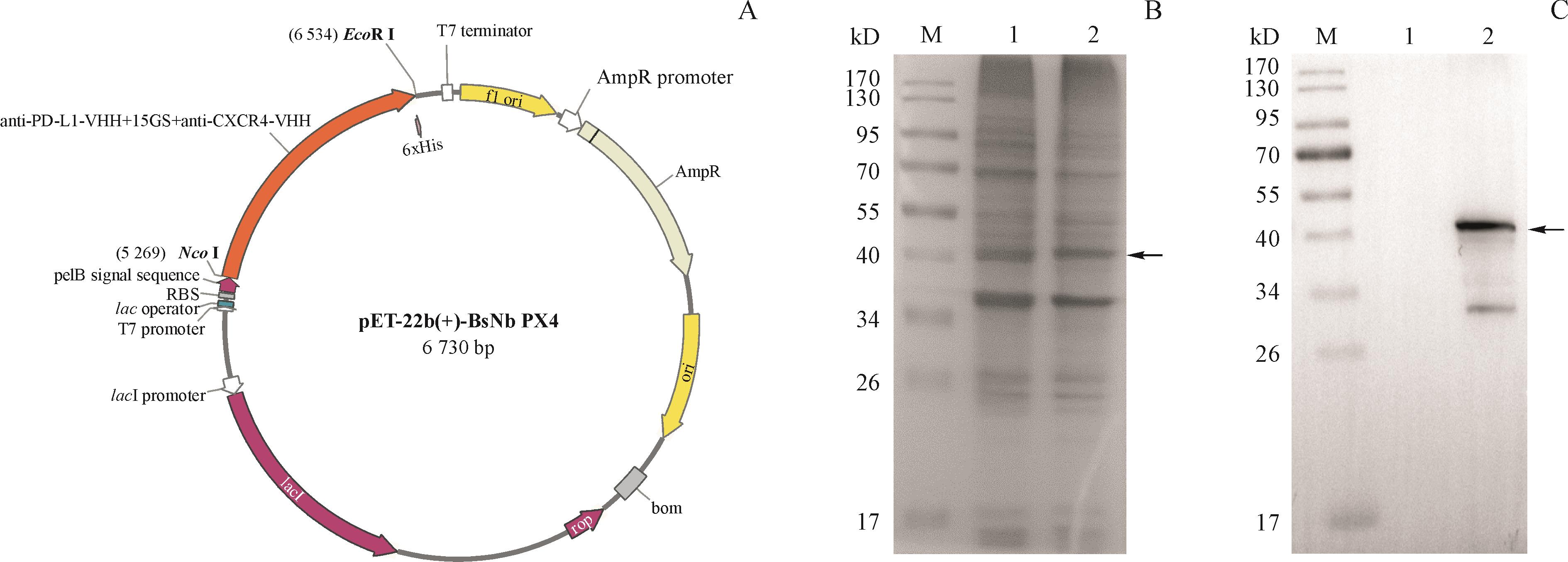
Figure 1 Construction and expression of recombinant protein
A: Schematic diagram of plasmid pET-22b-BsNb PX4; B: 10% SDS-PAGE analysis of the expression of BsNb PX4; C: Western blot analysis of the expression of BsNb PX4 Lane M: Molecular weight marker; Lane 1: uninduced BL21/ pET-22b-BsNb PX4 lysate; Lane 2: IPTG induced BL21/ pET-22b-BsNb PX4 lysate
将测序正确的重组表达质粒pET22b-BsNb PX4转化E.coli BL21(DE3),TB培养基用于菌体扩增和蛋白表达。当菌液A600为0.6 ~ 0.8时,加入IPTG诱导目的蛋白表达。将诱导培养18 h的重组大肠埃希菌破碎处理,经SDS-PAGE和Western blot检测,如
如
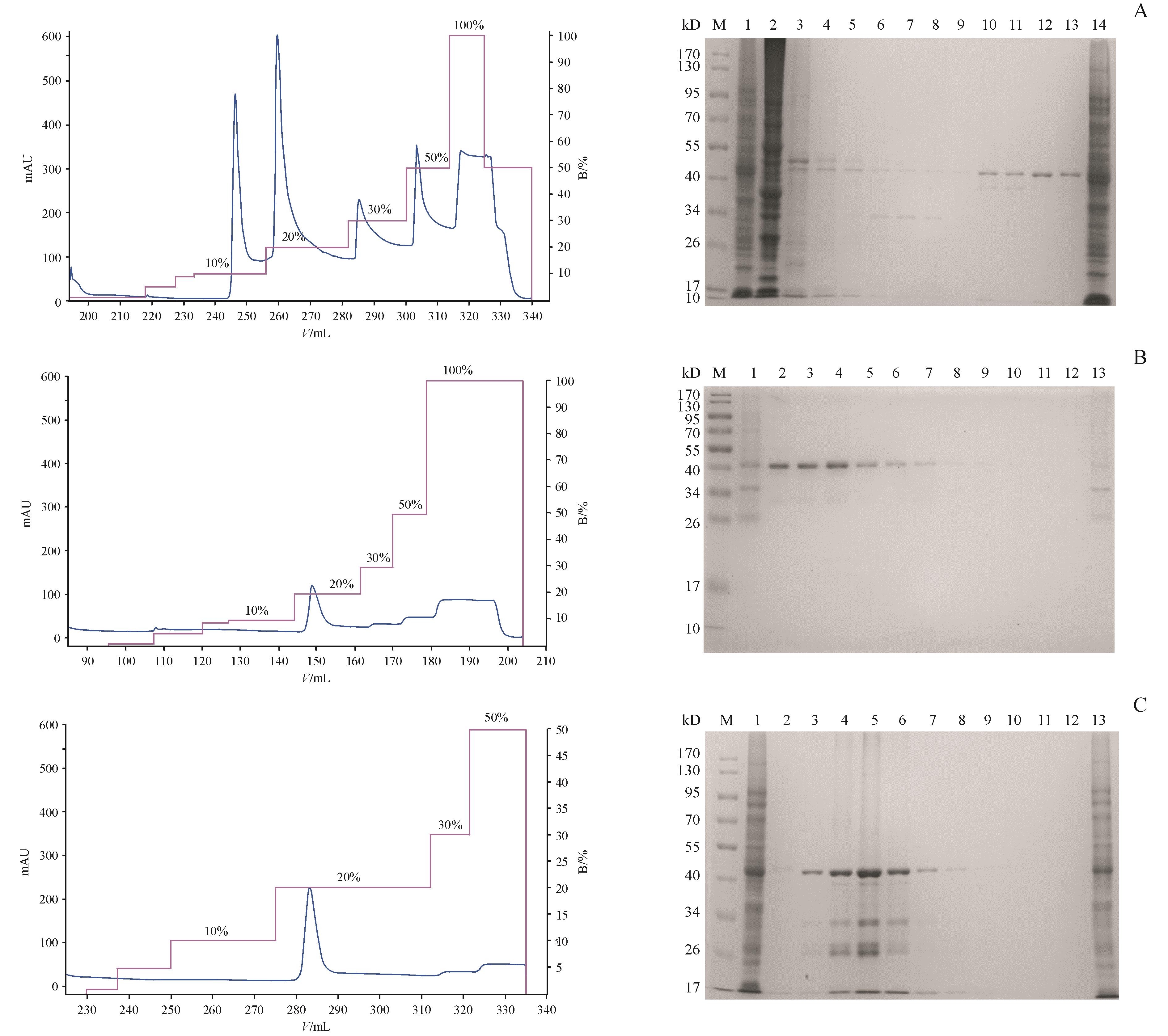
Figure 2 Affinity purification process of BsNb PX4
A: Purification process and 10% SDS PAGE gel graph of Method 1; B: Purification process and 10% SDS PAGE gel graph of Method 2; C: Purification process and 10% SDS PAGE gel graph of Method 3Lane M: Molecular weight marker; Lane 1: Supernatant before purification.(A) Lane 2: 0% buffer B elution; Lane 3-5: 10% buffer B elution peak; Lane 6-9: 20% buffer B elution peak; Lane 10-11: 30% buffer B elution peak; Lane 12: 50% buffer B elution peak; Lane 13: 100% buffer B elution peak; Lane 14: flow-through solution; (B) Lane 2-9: 20% buffer B elution peak; Lane 13: flow-through solution; (C) Lane 2-9: 20% buffer B elution peak; Lane 13: flow-through solution
SDS-PAGE和 Western blot检测透析后得到的目的蛋白相对分子质量和特异性,如
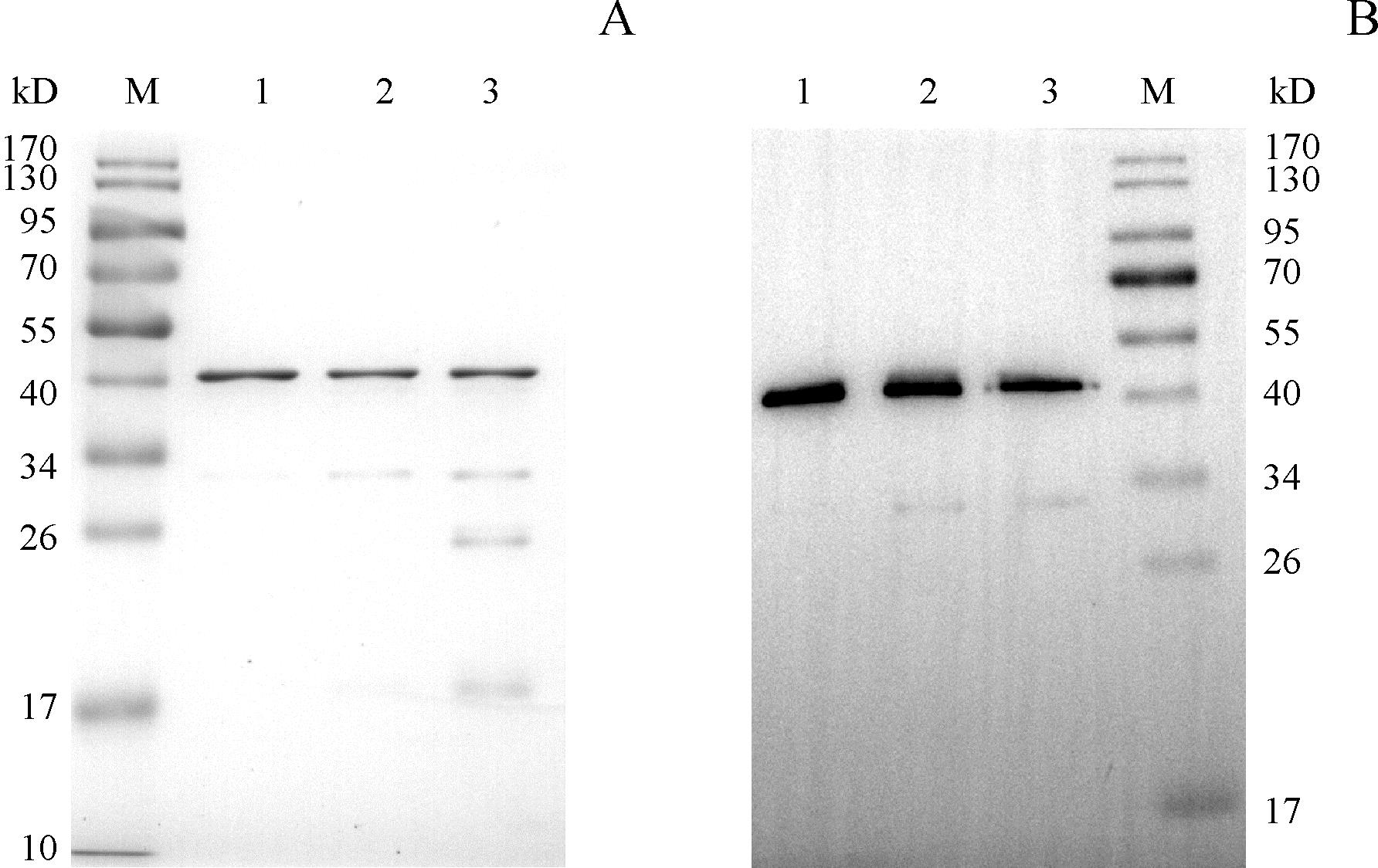
Figure 3 SDS-PAGE and Western blot detection of the dialyzed main elution peak sample
A: 10% SDS-PAGE detection of the dialyzed main elution peak sample; B: Western blot detection of the dialyzed main elution peak sampleLane M: Molecular weight marker; Lane 1: Main elution peak sample of Method 1 after dialysis; Lane 2: Main elution peak sample of Method 2 after dialysis; Lane 3: Main elution peak sample of Method 3 after dialysis
用BCA 法对3种目的蛋白进行定量分析,结果如
流式分析双特异性纳米抗体结合抗原的能力,如
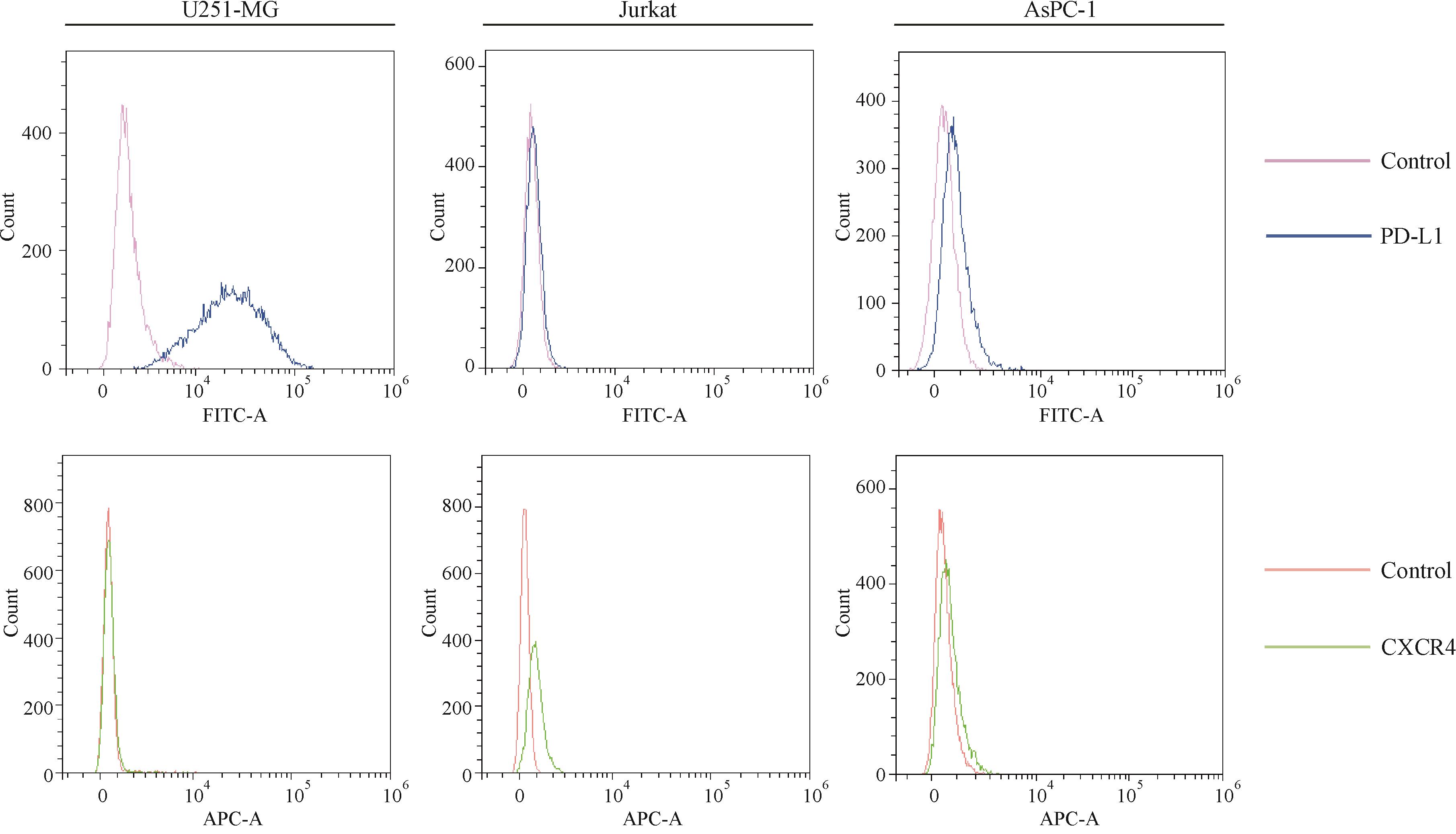
Figure 4 Detection of PD-L1 or CXCR4 expression in tumor cell line by flow cytometry
Control line: Donkey anti-mouse IgG-Alexa Fluor 488 antibody or goat anti rabbit IgG-Alexa Fluor 647 antibody; PD-L1 line: Mouse anti-human PD-L1 IgG + donkey anti-mouse IgG-Alexa Fluor 488 antibody; CXCR4 line: Rabbit anti-human CXCR4 IgG + goat anti rabbit IgG-Alexa Fluor 647 antibody
由于双特异性纳米抗体带有6 × His标签,可用FITC偶联的anti-6 × His标签抗体作为荧光标记。如

Figure 5 FACS analysis of BsNb PX4 binding to tumor cells
Control line: Anti-6×His tag-FITC antibody; BsNb PX4 line: BsNb PX4 + anti-6 ×His tag-FITC antibody
在anti-PD-L1&CXCR4双特异性纳米抗体0.5 μmol/L条件下,PBMC与靶细胞AsPC-1继续孵育48 h后进行LDH释放检测,分析PBMC对AsPC-1细胞的杀伤效应。如
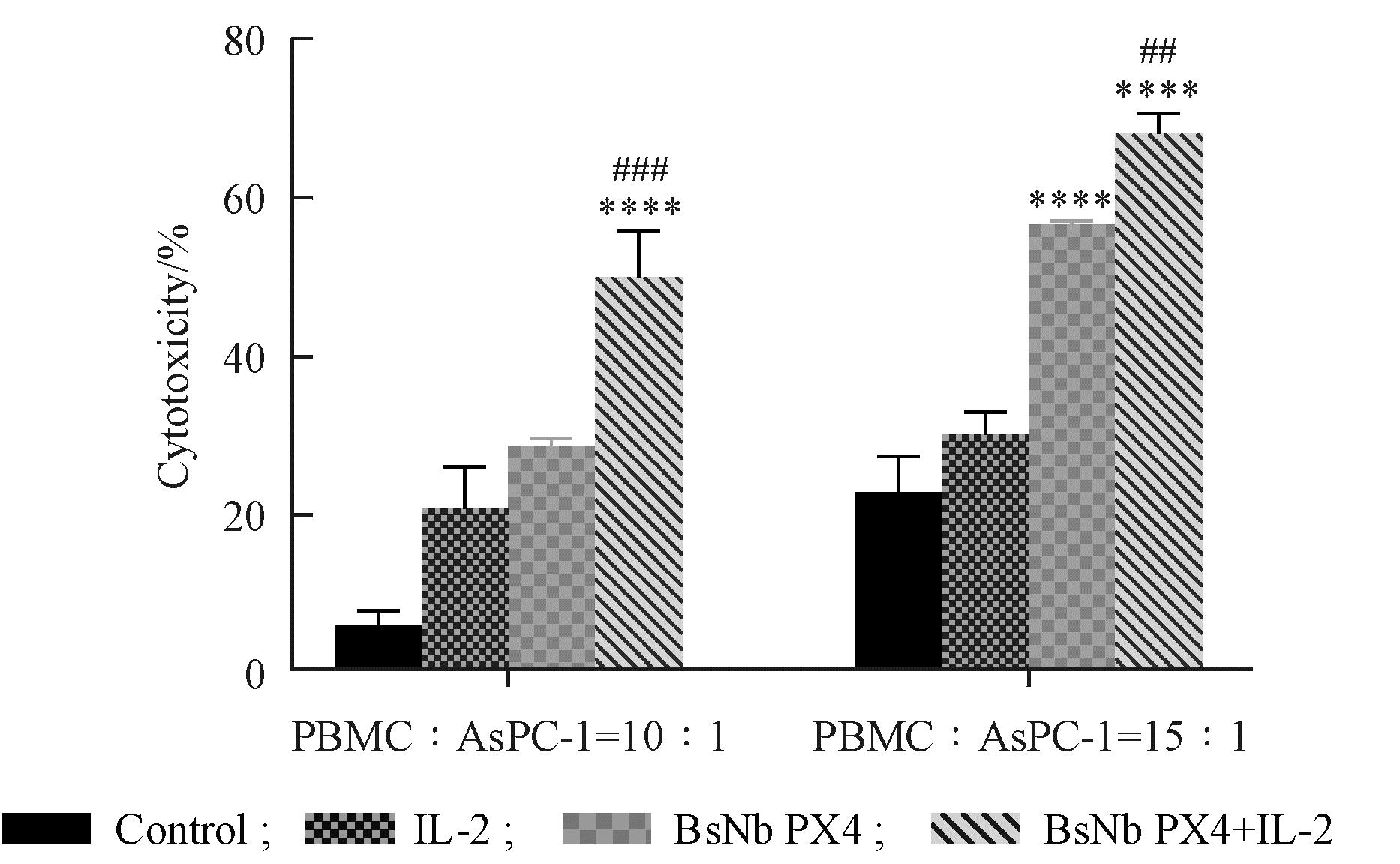
Figure 6 In vitro cytotoxicity of peripheral blood mononuclear cells (PBMC) with IL-2 and BsNb PX4 treatment using lactate dehydrogenase (LDH) released assay ()
Control: PBMC were incubated with AsPC-1 cells for 96 h; IL-2: 100 IU/mL of IL-2 was added to well after 24 h co-culture of PBMC with AsPC-1 cells, then the mixture was cultured for 72 h; BsNb PX4: 0.5 μmol/L of BsNb PX4 was added to well after 48 h co-culture of PBMC with AsPC-1cells, then the mixture was cultured for 48 h; BsNb PX4+IL-2: PBMC was pre-cultured with AsPC-1 cells for 24 h, followed by incubation for 24 h with IL-2 (100 IU/mL), then the mixture was cultured for 48 h in presence of BsNb PX4 (0.5 μmol/L)
在本研究中设计的anti-PD-L1&CXCR4双特异性纳米抗体基因上游含有编码细菌pelB蛋白的信号肽序列,可引导融合蛋白分泌至大肠埃希菌的周质空间中,并以可溶形式存在;通过改变破菌提取蛋白的方法,调整纯化缓冲溶液中盐离子浓度和咪唑浓度,使用3种不同方法对BsNb PX4进行纯化,以纯度为判断标准,确定了合适的纳米抗体制备方案。治疗性抗体的工艺相关杂质(宿主细胞蛋白质等)不仅影响药物的稳定性和活性,而且还可能导致有害的免疫反
因此,方法(1)得到的anti-PD-L1&CXCR4双特异性纳米抗体纯度满足了临床前的研发要求,流式检测证明其与细胞表面的两个靶抗原特异性结合,说明该结构的双特异性纳米抗体能够正确折叠形成抗原结合域并保持分子完整性。同时,生物学活性结果也表明洗脱条件温和,不会导致目的蛋白失活。该方案的设计是一步纯化法,具有操作简单,成本低等优点,也适用于含His标签等多种类型的蛋白质纯化,具有广泛的应用价值。
当然,在纳米抗体的纯化过程中也存在诸多问题,如产量和回收率还相对较低。如何在保证高纯度的前提下实现抗体产量的最大化,一直是生物制药领域的难题,需要进一步摸索和优化工艺。此外,双特异性纳米抗体增强PBMC对肿瘤细胞杀伤效应的机制也亟待深入探究和验证。
References
Kijanka M,Dorresteijn B,Oliveira S,et al. Nanobody-based cancer therapy of solid tumors[J]. Nanomedicine (Lond),2015,10(1):161-174. [百度学术]
Revets H,De Baetselier P,Muyldermans S. Nanobodies as novel agents for cancer therapy[J]. Expert Opin Biol Ther,2005,5(1):111-124. [百度学术]
Fernandes JC. Therapeutic application of antibody fragments in autoimmune diseases:current state and prospects[J]. Drug Discov Today,2018,23(12):1996-2002. [百度学术]
Roovers RC,Vosjan MJ,Laeremans T,et al. A biparatopic anti-EGFR nanobody efficiently inhibits solid tumour growth[J]. Int J Cancer,2011,129(8):2013-2024. [百度学术]
Peyvandi F,Scully M,Kremer Hovinga JA,et al. Caplacizumab for acquired thrombotic thrombocytopenic Purpura[J]. N Engl J Med,2016,374(6):511-522. [百度学术]
Xing XY,Wang XC,He W. Advances in research on tumor immunotherapy and its drug development[J]. J China Pharm Univ(中国药科大学学报),2021,52(1):10-19. [百度学术]
Yang J,Hu LQ. Immunomodulators targeting the PD-1/PD-L1 protein-protein interaction:from antibodies to small molecules[J]. Med Res Rev,2019,39(1):265-301. [百度学术]
Asano T,Meguri Y,Yoshioka T,et al. PD-1 modulates regulatory T-cell homeostasis during low-dose interleukin-2 therapy[J]. Blood,2017,129(15):2186-2197. [百度学术]
Zou W,Wolchok JD,Chen L. PD-L1 (B7-H1) and PD-1 pathway blockade for cancer therapy:mechanisms,response biomarkers,and combinations[J]. Sci Transl Med,2016,8(328):328rv4. [百度学术]
Nowicki TS,Hu-Lieskovan S,Ribas A. Mechanisms of resistance to PD-1 and PD-L1 blockade[J]. Cancer J,2018,24(1):47-53. [百度学术]
Anderson KG,Stromnes IM,Greenberg PD. Obstacles posed by the tumor microenvironment to T cell activity:a case for synergistic therapies[J]. Cancer Cell,2017,31(3):311-325. [百度学术]
Domanska UM,Kruizinga RC,Nagengast WB,et al. A review on CXCR4/CXCL12 axis in oncology:no place to hide[J]. Eur J Cancer,2013,49(1):219-230. [百度学术]
Scala S. Molecular pathways:targeting the CXCR4-CXCL12 axis:untapped potential in the tumor microenvironment[J]. Clin Cancer Res,2015,21(19):4278-4285. [百度学术]
Bockorny B,Semenisty V,Macarulla T,et al. BL-8040,a CXCR4 antagonist,in combination with pembrolizumab and chemotherapy for pancreatic cancer:the COMBAT trial[J]. Nat Med,2020,26(6):878-885. [百度学术]
Abraham M,Mishalian I,Harel Y,et al. Effect of BL-8040,high-affinity CXCR4 antagonist,on T-cell infiltration,tumor growth,and synergy with immunomodulatory agents[J]. J Clin Oncol,2017,35(15_suppl):e14544. [百度学术]
Li ZT,Wang YX,Shen YX,et al. Targeting pulmonary tumor microenvironment with CXCR4-inhibiting nanocomplex to enhance anti-PD-L1 immunotherapy[J]. Sci Adv,2020,6(20):eaaz9240. [百度学术]
Zhang F,Wei HD,Wang XX,et al. Structural basis of a novel PD-L1 nanobody for immune checkpoint blockade[J]. Cell Discov,2017,3:17004. [百度学术]
Jähnichen S,Blanchetot C,Maussang D,et al. CXCR4 nanobodies (VHH-based single variable domains) potently inhibit chemotaxis and HIV-1 replication and mobilize stem cells[J]. PNAS,2010,107(47):20565-20570. [百度学术]
Yang WH,Chen PW,Li HC,et al. PD-L1:PD-1 interaction contributes to the functional suppression of T-cell responses to human uveal melanoma cells in vitro[J]. Invest Ophthalmol Vis Sci,2008,49(6):2518-2525. [百度学术]
Suurs FV,Lub-de Hooge MN,de Vries EGE,et al. A review of bispecific antibodies and antibody constructs in oncology and clinical challenges[J]. Pharmacol Ther,2019,201:103-119. [百度学术]
Qin WT,Hu LP,Zhang XL,et al. The diverse function of PD-1/PD-L pathway beyond cancer[J]. Front Immunol,2019,10:2298. [百度学术]
Seo YD,Jiang XY,Sullivan KM,et al. Mobilization of CD
Decrop W,Swart R,Gendeh G. Development of an automated method for monoclonal antibodies purification and analysis[J]. J Biomol Tech,2010,21(3 suppl):S34-S35. [百度学术]